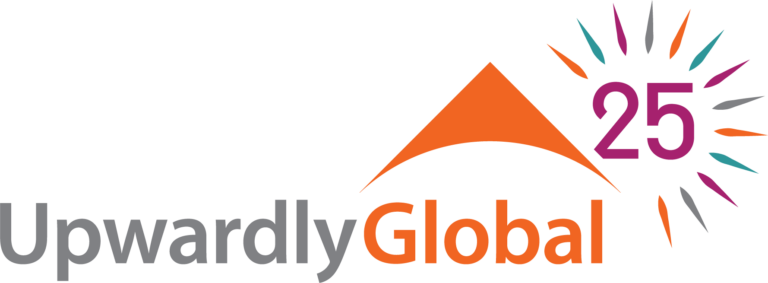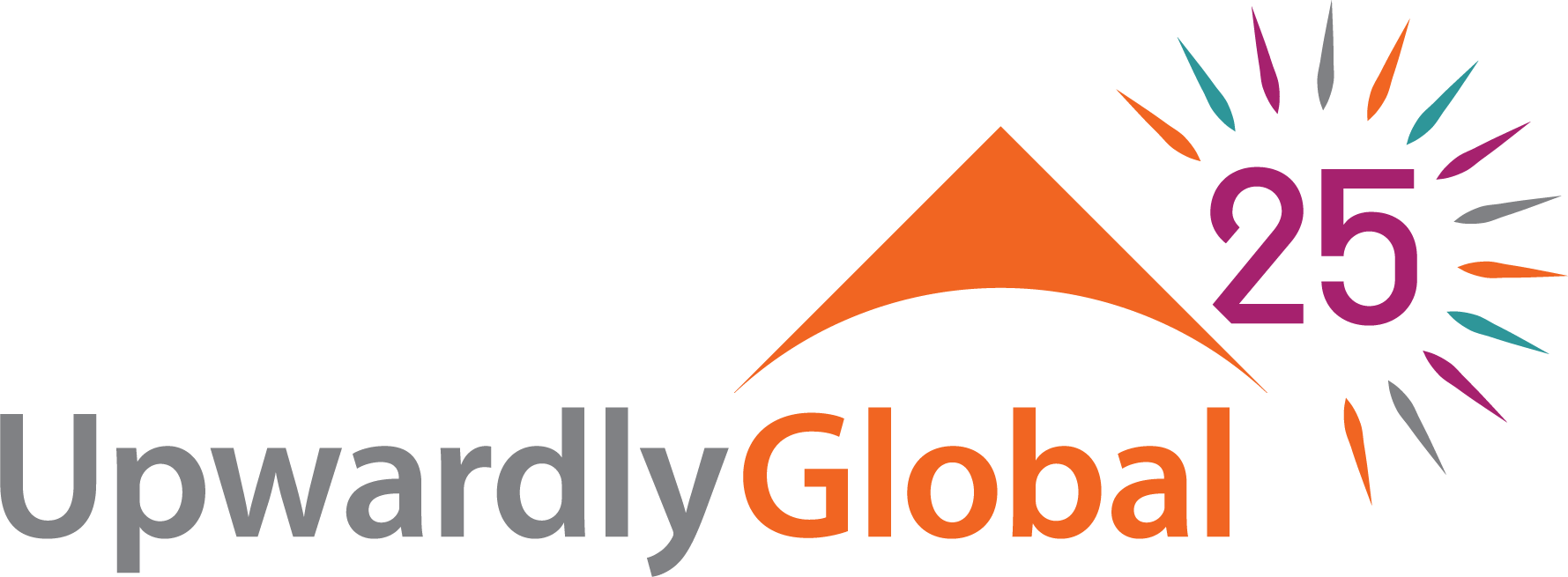Eligibility for License to Practice Medicine in Minnesota
This section explains the major steps for becoming licensed to practice medicine in Minnesota under Path One. Each of these steps is complicated and involves a large investment of your time, money, and effort. They include foreign degree evaluation, multiple tests, and tough competition among doctors for placements.
CERTIFICATION BY ECFMG
The first step toward licensing is obtaining a certification from the Educational Commission for Foreign Medical Graduates, which will qualify you to compete for medical residency positions in U.S. teaching hospitals.
As of January 2023, in order to qualify for ECFMG certification, your foreign medical school and program at the time of your graduation must be listed in the World Federal for Medical Schools with a notation that it meets the requirements for ECFMG. In the near future, to be eligible for ECFMG certification, your foreign medical school and program must be
accredited by an accrediting agency recognized by either the
World Federation for Medical Education or
National Committee on Foreign Medical Education and Accreditation. Starting in 2024, ECFMG will indicate which medical schools meet the new accreditation policy in the “Sponsor Notes” tab of the school’s listing in the
World Directory of Medical Schools.
The Certification Process
- To begin the process, register through the Interactive Web Application for a USMLE/ECFMG Identification Number and begin to build your profile. Be very careful to enter accurate information, as changing your biographic information later in the process will require documentation and additional fees.
- Submit a Certification of Identification Form (Form 186) which needs to be notarized using NotaryCam.
- Apply for and take USMLE Step 1 and Step 2 exams in order to complete your ECFMG certification. You will apply to take these exams through ECFMG. More information on these exams is provided in Section III of this guide, below.
- Provide certain documentation related to your medical education credentials, including: a certification from your medical school that you are a graduate, a final medical school transcript, and your medical diploma.
- Attain a satisfactory score on the Occupational English Test (OET) Medicine (minimum of 350 on the Listening, Reading, and Speaking sub-test, and a minimum score of 300 on the Writing sub-test, in one test administration).
- Pass the clinical and communications skills requirement through one of the Pathways.
More information can be found in the
ECFMG Information Booklet and the
USMLE Bulletin of Information.
The Pathways
IMGs who wish to take part in the 2023 Match who need to meet the clinical and communication skills requirements for ECFMG Certification must apply to one of six Pathways.
- Pathway 1 – Already Licensed to Practice Medicine in Another Country
- Pathway 2 – Already Passed an Objective Structured Clinical Examination (OSCE) for Medical Licensure Administered by an Acceptable Medical School
- Pathway 3 – Medical School Accredited by Agency Recognized by World Federation for Medical Education (WFME)
- Pathway 4 – Medical School Accredited by Agency that Has Received a Determination of Comparability by National Committee on Foreign Medical Education and Accreditation (NCFMEA)
- Pathway 5 – Medical School Issues Degree Jointly with a U.S. Medical School Accredited by Liaison Committee on Medical Education (LCME)
Pathway 6 – Evaluation of Clinical Patient Encounters by Licensed Physicians
RESIDENCY
After obtaining your ECFMG certification, the next step toward a medical license is completing a medical residency or fellowship, also known as a Graduate Medical Education (GME) program. These programs are accredited by the Accrediting Council on Graduate Medical Education (ACMGE) and vary in length from 3 to 7 years depending on the specialty. Occasionally a teaching hospital will accept IMGs as second-year residents; however, these are rare cases and you should be prepared to go through a full residency program.
Residency Strategy: Competition and Presentation
Finding a residency requires careful strategy, organization, and initiative. Graduates of U.S. medical schools benefit from access to established networks and familiar credentials. Since you will be competing with U.S. graduates for the same residency programs, you should dedicate time to developing job search skills and to activities such as:
- Building networks and identifying physician mentors currently practicing in your specialty by attending meetings and seeking volunteer opportunities;
- Creating error-free and persuasive presentation documents like American-style résumés or online profiles that emphasize your special skills and achievements; and
- Practicing for interviews by preparing answers to common questions and conducting research on your target programs.
Although you may have already specialized in your previous country, you may also consider being flexible about both the residency specialties and locations you will accept. You may increase your chances in obtaining a spot in residency programs that are:
- In medically underserved areas (e.g., rural and/or economically depressed areas);
- In lower-earning specialties; or
- In specialties with more demanding work hours.
“The Match”
“The Match” is a standardized process most medical graduates participate in to obtain a residency program. It can be broken down into the following steps, which will be discussed in more detail below:
- Researching residency programs;
- Compiling documents and applying to programs;
- Interviewing by phone, virtually, and in-person with residency programs; and
- Ranking of schools by candidates (and vice versa), resulting in a match.
- September: Match “season” begins. Candidates and programs accept participation terms, and applications and interviews occur.
- End of January: Deadline for Standard Applicant Registration for Match and SOAP.
- Early-February: Candidates and residency programs can begin to enter rankings for each other.
- Early-March: Rank lists close.
- Mid-March: Matches are announced on Match Day.
NOTE: Some experienced foreign doctors who have developed relationships with hospitals or residency programs through personal or professional connections may be able to “pre-match” and avoid the general match process. You can look for a pre-match placement while also participating in the match process, but you must withdraw from the match program before its deadline (when rank lists close) if you have accepted a position “outside of the match.” If you do not, you could be responsible to join more than one residency program and will have violated match rules. If you think a pre-match is likely, make sure to formally accept the offer and get documentation before the match deadline.
Researching Residency Programs
You should begin researching residency programs well before match season begins in September. You need to do a lot of your own research to learn what residency programs interest you and which are more likely to favor your application.
FREIDA is a searchable online database managed by the American Medical Association (AMA). It provides key information on participating residency programs. It is a good first place to look for programs that interest you.
TIP: Make sure that when you ask for advice, you tell people that you do not require visa sponsorship. Many people assume that as an IMG, you require visa sponsorship. This can limit their thinking about what residency programs are available to you. This guide assumes you are an IMG who already has permanent work authorization through permanent residency or refugee or asylum status.
- IMG Residency Preparation Program – BRIIDGE
The University of Minnesota, in partnership with Minnesota Department of Health, offers a nine-month residency preparation program for IMGs that provides inpatient and outpatient training opportunities as well as community and classroom components that help applicants become competitive and successful residency prospects.
In order to be eligible to apply for the
BRIIDGE program, you need to be a permanent resident in the U.S. or U.S. citizen; have an MD degree or international equivalent; have two years of documented Minnesota residency; ECFMG Certification including passing USMLE Steps 1 and 2 within three attempts; typing proficiency; and personal health insurance coverage during the program period. You also must not have entered the U.S. on a J1 or similar non-immigrant visa after acceptance into a U.S. medical residency or fellowship program.
Interested applicants must submit a
written application, ECFMG Certification, USMLE transcripts for Steps 1 and 2, complete medical school transcript, two letters of reference, and a cover letter that includes all your clinical experience and activities since medical school graduation. Updates and more information can be found by contacting
MN_health.IMG@state.mn.us.
Applying to Programs
Once you have a list of residency programs you want to target and as soon as you are eligible to start the match process (around September each year), you should use the
Electronic Residency Application Service (ERAS) to collect and send applications and documentation to residency program directors. For foreign medical graduates, ERAS is accessed through the
ECFMG portal. The ERAS support services through ECFMG involve fees for processing documents, ordering exam transcripts, and sending applications online. You can pay extra to send applications to more residency programs, which can be a good investment to increase your chances of receiving requests for interviews.
You also need to separately register for a match by opening an account with the
National Resident Matching Program (NRMP), agreeing to its terms, and providing all required information.
You will need to submit Letters of Recommendation (LoR) from physicians familiar with your clinical abilities, medical knowledge, and work ethic. The best way for IMGs to obtain positive LoRs is to work or volunteer in a hospital setting. Networking with U.S. healthcare professionals increases your chances of finding physicians willing to recommend your work.
Most programs ask for three LoRs, and all programs have a maximum of four LoRs. You may consider different LoRs for different specialties to make your application more competitive. Your recommendations should come from physicians who know you in a working context; never ask a relative to write you a recommendation.
You will also need to submit a
personal statement, which you can tailor if applying to multiple program specialties. A personal statement should be 1-2 pages and should highlight your strengths as a candidate. It is always a good idea to ask someone to read over your personal statement for grammar, spelling, and sentence structure. Mistakes in your personal statement can reflect poorly on you as a candidate.
Phone and In-Person Interviews with Residency Programs
Between September and early February, you may receive invites to interview with residency programs you applied to. These interviews are a critical step in the process, so you should ensure you prepare well before interviewing. Research the program and develop your personal story of why you want to practice this specialty at this particular residency program.
You will be expected to travel to these interviews and pay for your own travel and accommodations. If you are able, you should target
at least 5 interviews. When interviewing, think about how you will want to rank each program to optimize your chances of getting a successful match.
Rank Lists Resulting in a Match
When you have completed interviews and visits to residency programs, you must rank your choices online in the NRMP. Residency programs will also rank candidates in order of preference based on their applications and interviews. In ranking a candidate, a residency program is committing to accepting that candidate if the match is made, and vice versa. Do not rank a program unless you are prepared to commit to it!
Rank lists close in early March and NRMP utilizes an algorithm to match candidates to programs based on their rankings. The
matching algorithm prioritizes the candidate’s rankings over the program’s rankings. The resulting matches are announced during Match Week in mid-March.
Supplemental Offer and Acceptance Program (SOAP)
Matches can only be made when both a candidate and a residency program rank one another in the NRMP. This means that there will be many qualified candidates who do not receive a residency match. There will also be some residency program openings that remain unfilled.
On the Monday prior to Match Day, you will be notified whether you have matched or not matched. On Match Day (always a Friday) you will find out which program you matched to. If you are notified that you did not get a match, then you will still have a chance to find a match through what is called the
Supplemental Offer and Acceptance Program (SOAP). From Monday through Thursday, programs with unfilled positions offer unmatched applicants remaining residency spots. The entire process is conducted through ERAS, so you will use the same account during Match Week to apply to SOAP positions.
If you are eligible for SOAP, you will receive a list of programs with remaining spots on Monday morning. You can apply to
up to 45 unfilled programs.
Brief telephone, video, or in-person interviews are expected to occur during SOAP from candidates applying for these spots. Be careful when you choose which programs to apply to, and make sure that the program accepts IMGs before applying. It is recommended that you apply to programs by Monday afternoon.
On Wednesday, programs will begin making offers to candidates. There are
four rounds of offers on Thursday. If you receive an offer, you will have two hours to respond. You may receive multiple offers, but you can only accept one offer. Unfortunately, SOAP is the last major opportunity you will have in a given year to compete for a large number of residency placements.
You will need to consider your options if you are not placed in a residency at this time. If you choose to go through the match process again, you must make sure you take steps to keep your skills current and also to improve your appeal as a candidate.
Residency Permit
Once you have accepted an offer to join a GME program for your residency, you will need to apply for a residency permit to practice medicine for the purposes of your residency. If your residency is in Minnesota, you must apply for a permit from the Minnesota Board of Medical Practice.
You should apply for a resident training license immediately upon notification of appointment for postgraduate clinical training. The residency permit is program specific unless you are licensed by the Board. Generally, you must fill out the application for a
resident permit, pay an associated fee, and provide relevant documentation.
More information on how to apply for the residency permit is provided by the
Minnesota Board of Medical Practice.
APPLY FOR A MINNESOTA PHYSICIAN LICENSE
To practice medicine in Minnesota after your residency, you will need a full and unrestricted license. You are eligible to apply for an unrestricted license in Minnesota after you have completed the first year (12 months) of your residency. Alternatively, you are
eligible to apply for a full license in Minnesota as an IMG if you are admitted as a permanent immigrant to the Unites States as a person of exceptional ability in sciences;
or you are issued a permanent immigrant visa as a person of extraordinary ability as an outstanding professor or researcher and has a valid medical license in another country. Additionally, you will need to have taken and passed USMLE Step 3, LMCC, or other state exam as well as provide your ECFMG certificate. If you have not passed any of the licensing examinations previously listed during the last 10 years and you are not currently certified by the American Board of Medical Specialists, American Osteopathic Association Bureau of Professional Education, Royal College of Physicians and Surgeons of Canada or College of Family Physicians of Canada, you are required to pass the
SPEX exam within 3 attempts. More information on SPEX is available from the
Federation of State Medical Boards.
Applications for an unrestricted license are accepted exclusively online through the
Minnesota Board of Medical Practice’s website. The licensure process, on average, can take
four to five months, so you will need to plan accordingly. Once an application has been started, you should complete it within a timely manner as incomplete applications may be destroyed after six months of inactivity.
More information on the application process, as well as a checklist of documents and information that will need to be submitted, is available on the the
Board of Medical Practice website.
LIMITED PROFESSORIAL LICENSES
Minnesota issues renewable one year limited licenses to IMGs to practice medicine within an academic medical center’s clinical setting where the licensee is an appointed faculty member or within an affiliated physician group practice. To apply for a professorial license, you will need to provide documents verifying that you graduated from a medical school listed in the World Director of Medical Schools, successfully completed one year of graduate clinical medical training in an accredited program (unless you are admitted into the US as a person of exceptional ability in the sciences according to the U.S. Department of Labor rules
or you are issued a permanent immigrant visa as a person of extraordinary ability or outstanding professor or researcher and you have a valid medical license in another country), and present evidence that you have been appointed to serve as a faculty member of a medical school accredited by the Liaison Committee of Medical Education or American Osteopathic Association.



